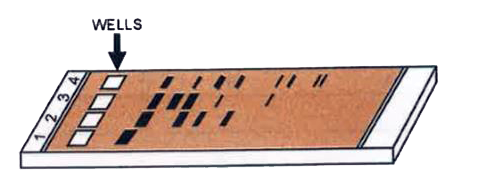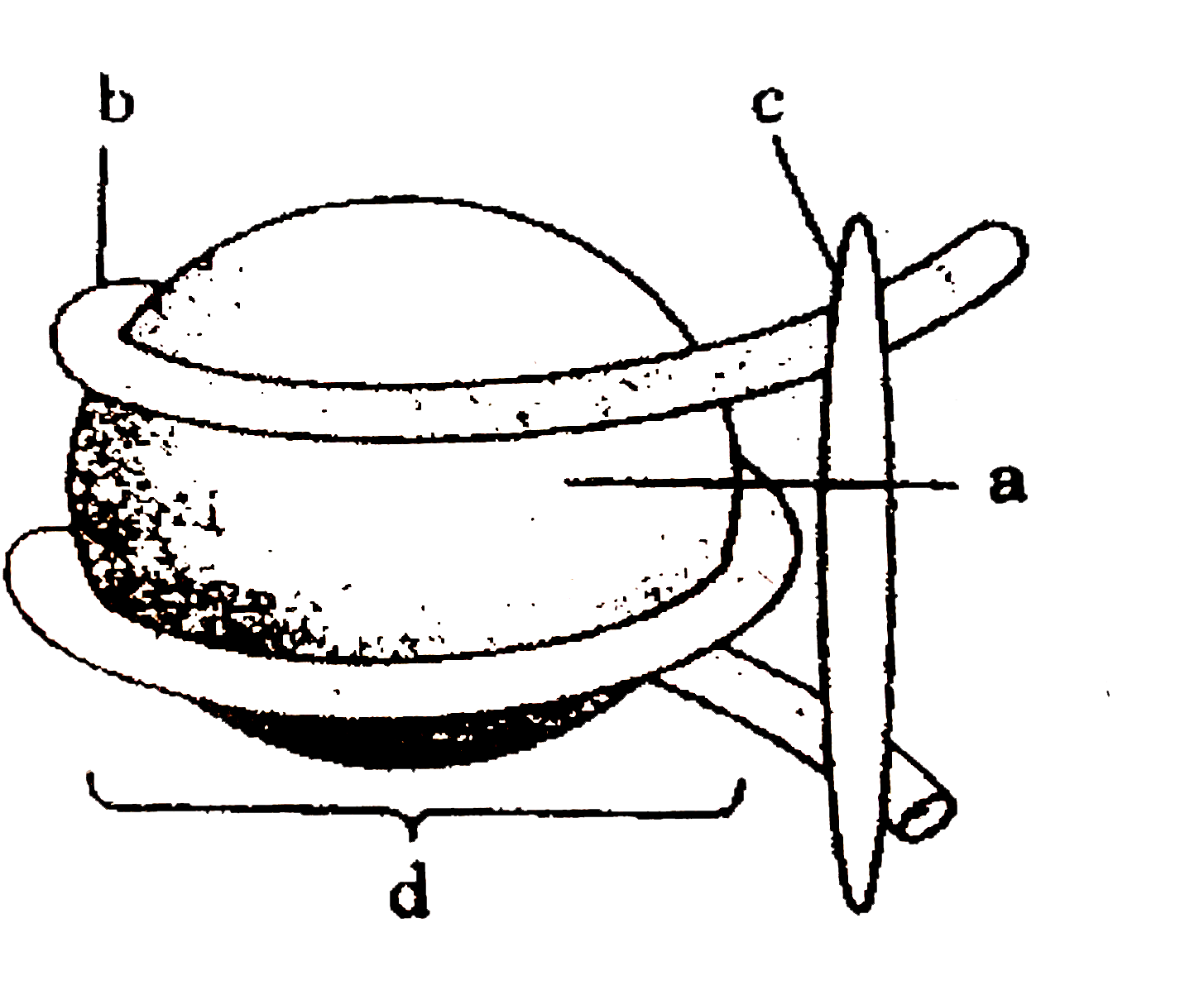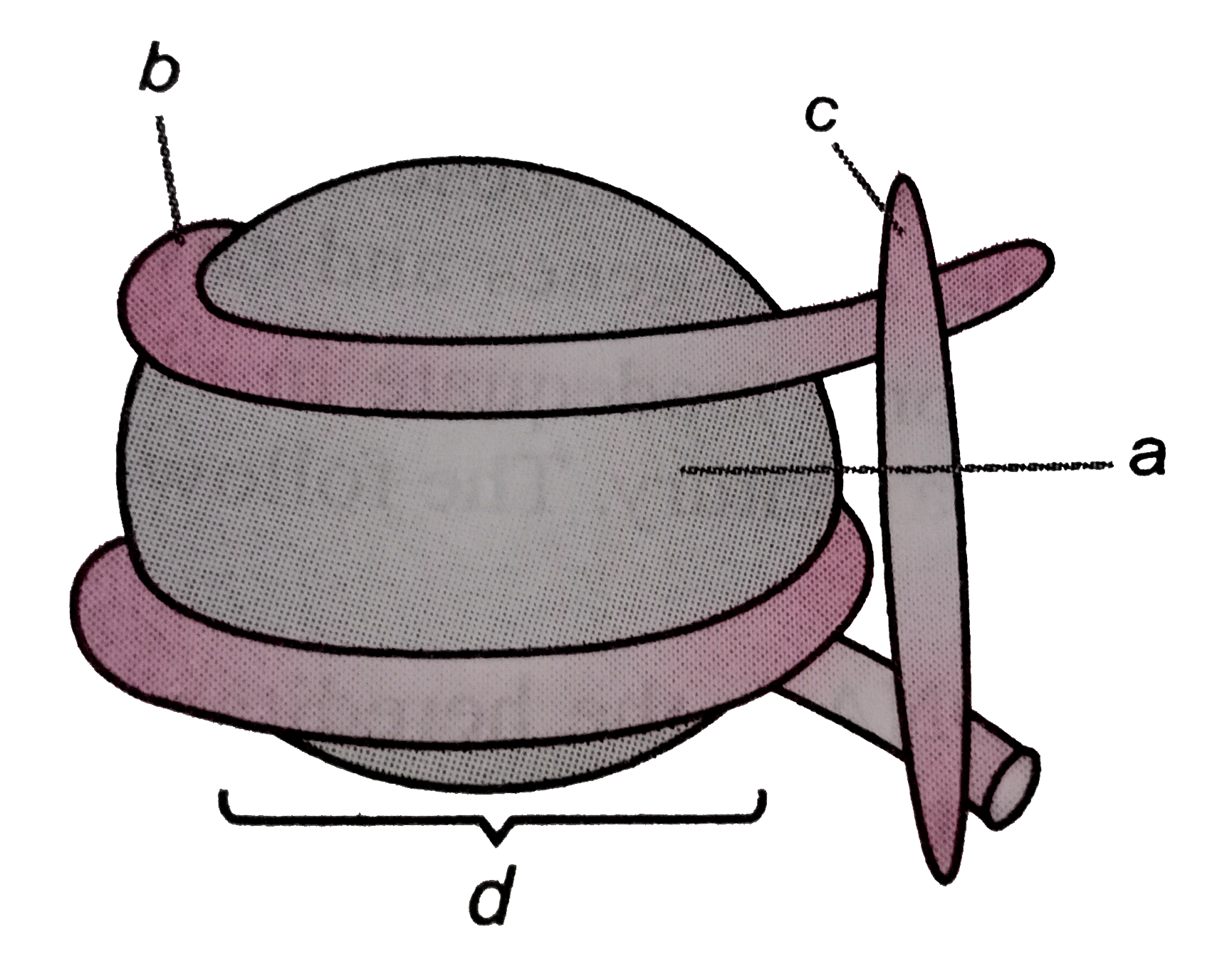Given below is the diagram of agarose gel kept under UV light:

(a) Mention the positive and negative terminals.
(b) What is the charge carried by DNA molecule and how does it help in its separation?
(c) How are the separated DNA fragments finally isolated?
Step by step video & image solution for Given below is the diagram of agarose gel kept under UV light: (a) Mention the positive and negative terminals. (b) What is the charge carried by DNA molecule and how does it help in its separation? (c) How are the separated DNA fragments finally isolated? by Biology experts to help you in doubts & scoring excellent marks in Class 12 exams.
Related Playlists
- BOOK - MODERN PUBLICATIONCHAPTER - BIOTECHNOLOGY : PRINCIPLES AND PROCESSES EXERCISE - REVISION EXERCISES (V. CASE-BASED SHORT ANSWER TYPE QUESTIONS)1videos
BIOTECHNOLOGY : PRINCIPLES AND PROCESSES
- BOOK - MODERN PUBLICATIONCHAPTER - BIOTECHNOLOGY : PRINCIPLES AND PROCESSES EXERCISE - REVISION EXERCISES (VI. LONG ANSWER TYPE -II QUESTIONS ( A. QUESTION FROM STATE BOARD EXAMINATIONS :))17videos
BIOTECHNOLOGY : PRINCIPLES AND PROCESSES
- BOOK - MODERN PUBLICATIONCHAPTER - BIOTECHNOLOGY : PRINCIPLES AND PROCESSES EXERCISE - REVISION EXERCISES (IV. SHORT ANSWER TYPE -II QUESTIONS ( A. QUESTION FROM STATE BOARD EXAMINATIONS :))35videos
BIOTECHNOLOGY : PRINCIPLES AND PROCESSES
- BOOK - MODERN PUBLICATIONCHAPTER - BIOTECHNOLOGY AND ITS APPLICATIONSEXERCISE - CHAPTER PRACTICE TEST (SECTION - E)2videos
BIOTECHNOLOGY AND ITS APPLICATIONS
Similar Practice Problems
- Question 1 - Select One
Given below are four statements pertaining to separa- tion of DNA fragments using gel electrophoresis. Iden- tify the incorrect statements.
(a) DNA is negatively charged molecule and so it is loaded on gel towards the Anode terminal
(b) DNA fragments travel along the surface of the gel whose concentration does not affect movement of DNA.
(c) Smaller the size of DNA fragment larger is the dis- tance it travels through it.
(d) Pure DNA can be visualized directly by exposing UV radiation.
Choose correct answer from the options given belowA(a), (c) and (d)B(a), (b) and (c)C(b), (c) and (d)D(a), (b) and (d) - Question 1 - Select One
Study the given figure carefully and select the incorrect statements regarding this.

(i) It represents a typical agarose gel electrophoresis in which lane 1 contains undigested DNA
(ii) Smallest DNA bands are formed at A and largest DNA bands are formed at B
(iii) The separated DNA fragments can be visualized after staining in the visible light
(iv) The separated DNA bands are cut out from the agarose gel and extracted from the gel piece. this step is known as elution.A(i) and (ii)B(ii) and (iii)C(ii) and (iv)DPerson can see the bands without staining. - Question 1 - Select One
Which of the following statements are correct ?
(i) Restriction enzymes cut the strand of DNA a little away from the centre of the palindrome site, but between the same two bases on the opposite strands.
(ii) Hind ll always cuts DNA molecules at a particular point by reconginisng a specific sequence of six base pairs.
(iii) Separated DNA fragments cannot be visualised without staining on an agarose gel electrophoresis.
(iv) 'Ori' is the sequence responsible for controlling the copy number.
(v) DNA is a positively charged molecule.A(i), (iii) and (v)B(i), (ii),(iii) and (iv)C(iii),(iv) and (v)D(i),(ii),(iii),(iv) and (v) - Question 1 - Select One
Study the given figure carefully and select the incorrect statements regarding this.

(i) It represents a typical agarose gel electrophoresis in which lane 1 contains undigested DNA
(ii) Smallest DNA bands are formed at A and largest DNA bands are formed at B
(iii) The separated DNA fragments can be visualized after staining in the visible light
(iv) The separated DNA bands are cut out from the agarose gel and extracted from the gel piece. this step is known as elution.AA and BBB and CCB and DDA and D
Similar Questions
(a) What is this diagram representing?
(b) Name the parts a, b and c.
(c) In the eukaryotes the DNA molecules are organized within the nucleus. How is the DNA molecule organized in a bacterial cell in absence of a nucleus?
 View Solution
View Solution5 mL of water was taken in a test tube and china dish separately. These samples were then kept under different conditions as below :
(a) Both the samples are kept under a fan.
(b) Both the samples are kept inside a cup board.
State in which case evaporation will be faster ? Give reason to support your answer.
(c) How will the rate of evaporation change if above activity is carried out on a rainy day ? Justify your answer.View SolutionTwo charges q1=3.0μC and q2=−4.0μC initiallly are separated by a distance r0=2.0cm. An external agent moves the charges until they are rf=5.0cm apart.
(i) How much work is done by the electric field in moving the charges from r0 to rf ? Is the work positive or negative ?
(ii) How much work is donw by the external aganet in moving the charges from r0 to rf ? Is the work positive or negative ?
(iii) What is the positive energy of the initial state where the charge are r0=2.0 cm apart ?
(iv) What is the potential energy of the final state where the charges are rf=5.0cm apart ?
(v) What is the change in potential energy from the initial state to the final state ?View SolutionUnless the vector and source DNA are cut, fragments separated and joined, the desired recombinant vector molecule cannot be created.
(a) How are the desirable DNA sequences cut ?
(b) Explain the technique used to separate the cut fragments.
(c) How are the resultant fragments joined to the vector DNA molecule ?View Solution
(a) What is this diagram representing ? (b) Name the parts a, b, c and d.
(c) In the eukaryotes the DNA molecules are organised within the nucleus. How is the DNA molecule organised in a bacterial cell in absence of a nucleus ?View Solution(a) Two charged particles , each charge q, are joined by an insultating string of length L and system is kept on smooth surface. Find tension in the string.
(b) A particle having charge Q0 is placed directly below and at separation d from the bob of simple pendulum at rest. The mass of the bob is m. What charge should be given to bob so that string becomes loose ?
( c) A particle A having charge q and mass m is placed at the bottom of a smooth inclined plane of inclination θ. Where should a block B , having same charge and mass , be placed on the incline so that it may remain in equilibrium ?View Solution

